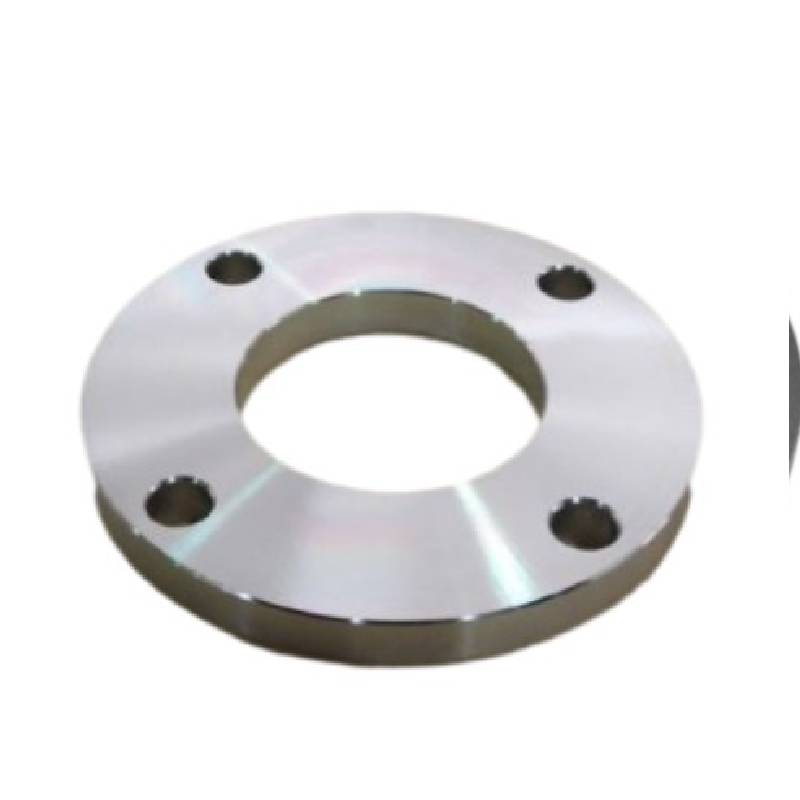-
Cangzhou Yulong Steel Co., Ltd.
-
Phone:
+86 13303177267 -
Email:
admin@ylsteelfittings.com
- English
- Arabic
- Italian
- Spanish
- Portuguese
- German
- kazakh
- Persian
- Greek
- French
- Russian
- Polish
- Thai
- Indonesian
- Vietnamese
- Zulu
- Korean
- Uzbek
- Hindi
- Serbian
- Malay
- Ukrainian
- Gujarati
- Haitian Creole
- hausa
- hawaiian
- Hebrew
- Miao
- Hungarian
- Icelandic
- igbo
- irish
- Japanese
- Javanese
- Kannada
- Khmer
- Rwandese
- Afrikaans
- Albanian
- Amharic
- Armenian
- Azerbaijani
- Basque
- Belarusian
- Bengali
- Bosnian
- Bulgarian
- Catalan
- Cebuano
- China
- China (Taiwan)
- Corsican
- Croatian
- Czech
- Danish
- Esperanto
- Estonian
- Finnish
- Frisian
- Galician
- Georgian
- Kurdish
- Kyrgyz
- Lao
- Latin
- Latvian
- Lithuanian
- Luxembourgish
- Macedonian
- Malgashi
- Malayalam
- Maltese
- Maori
- Marathi
- Mongolian
- Myanmar
- Nepali
- Norwegian
- Norwegian
- Occitan
- Pashto
- Dutch
- Punjabi
- Romanian
- Samoan
- Scottish Gaelic
- Sesotho
- Shona
- Sindhi
- Sinhala
- Slovak
- Slovenian
- Somali
- Sundanese
- Swahili
- Swedish
- Tagalog
- Tajik
- Tamil
- Tatar
- Telugu
- Turkish
- Turkmen
- Urdu
- Uighur
- Welsh
- Bantu
- Yiddish
- Yoruba

Jul . 25, 2024 04:30 Back to list
Exploring the Advantages and Mechanisms of Self-Priming Pumps in Fluid Transfer Applications
Understanding Self-Priming Pumps Mechanisms and Applications
Self-priming pumps are an essential component in various industrial and agricultural applications, renowned for their convenience and efficiency. These pumps possess the unique ability to prime themselves without the need for manual intervention, making them a favorite among engineers and operators. This article will delve into the working principles, benefits, and applications of self-priming pumps.
What is a Self-Priming Pump?
A self-priming pump is a type of centrifugal pump designed to handle liquids without requiring continuous priming. When operating a traditional centrifugal pump, it is crucial to eliminate air from the system prior to startup; otherwise, the pump will fail to deliver the required flow. In contrast, self-priming pumps have built-in mechanisms that allow them to draw fluid into the pumping chamber after being filled initially. This functionality occurs due to the combination of centrifugal force and the design of the pump casing.
Mechanism of Operation
The operation of a self-priming pump can be broken down into several stages. Initially, the pump casing is filled with liquid, which usually happens when the pump is first installed. Once the pump is activated, the impeller spins, creating a low-pressure area in the casing. This pressure differential draws fluid into the pump from the source (such as a well or a reservoir).
As the impeller continues to rotate, the fluid is forced outward into the discharge line, while any air present in the system is expelled back into the atmosphere. Importantly, if the pump becomes air-bound during operation (e.g., due to fluctuations in the water level), the self-priming mechanism will automatically re-initiate the priming process without requiring the operator to intervene.
Benefits of Self-Priming Pumps
self priming pump

One of the most significant advantages of self-priming pumps is their ease of use. Since they can automatically reposition air, they reduce downtime and labor costs associated with manual priming. This feature is particularly beneficial in applications where pumps are required to start and stop frequently, or where the pump source may fluctuate dynamically.
Self-priming pumps are also designed with durability in mind. Many models are built to withstand corrosive liquids and challenging operating environments, making them suitable for a variety of industries such as chemical processing, water treatment, and irrigation systems. Additionally, they can handle fluids containing solids or debris, thereby expanding their use in waste management and construction sites.
Applications
Self-priming pumps are utilized across diverse sectors. In agriculture, they are commonly used for irrigation purposes, where consistent water supply is crucial for crop yields. Their self-priming ability ensures that water can be efficiently drawn from ponds or wells, even in cases where water levels may vary significantly.
In the wastewater industry, self-priming pumps manage the transport of sewage and sludge, effortlessly moving these materials from one location to another while handling solids and debris. Their ability to operate with minimal maintenance requirements is a critical factor in ensuring continuous service in these settings.
Moreover, industries such as food and beverage rely on self-priming pumps for their sanitary design, which allows safe transport of ingredients and products without contamination.
Conclusion
Self-priming pumps represent an invaluable innovation in fluid handling technology. Their ability to efficiently prime themselves streamlines operations, enhances productivity, and reduces the need for manual labor. As industries continue to seek reliable and efficient solutions, self-priming pumps will remain a cornerstone of operational excellence in fluid transfer applications. Understanding their mechanisms and advantages not only underscores their importance but also aids in selecting the right equipment for specific needs.
Latest news
-
ANSI 150P SS304 SO FLANGE
NewsFeb.14,2025
-
ASTM A333GR6 STEEL PIPE
NewsJan.20,2025
-
ANSI B16.5 WELDING NECK FLANGE
NewsJan.15,2026
-
ANSI B16.5 SLIP-ON FLANGE
NewsApr.19,2024
-
SABS 1123 FLANGE
NewsJan.15,2025
-
DIN86044 PLATE FLANGE
NewsApr.19,2024
-
DIN2527 BLIND FLANGE
NewsApr.12,2024
-
JIS B2311 Butt-Welding Fittings LR/SR 45°/90° /180°Seamless/Weld
NewsApr.23,2024











